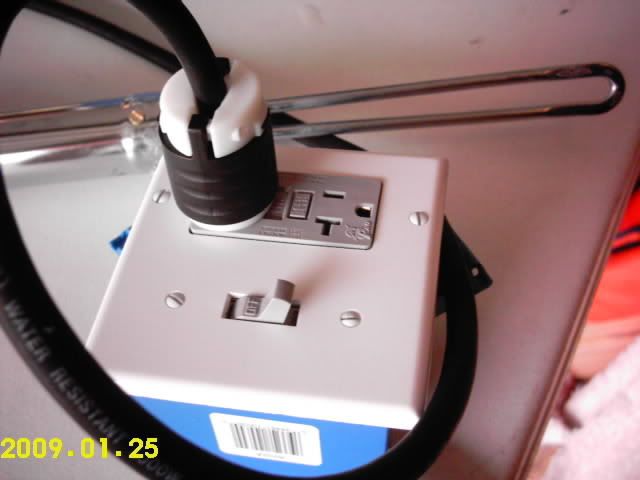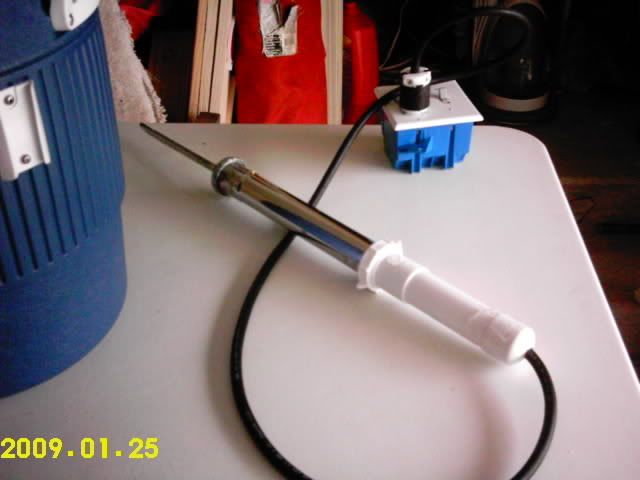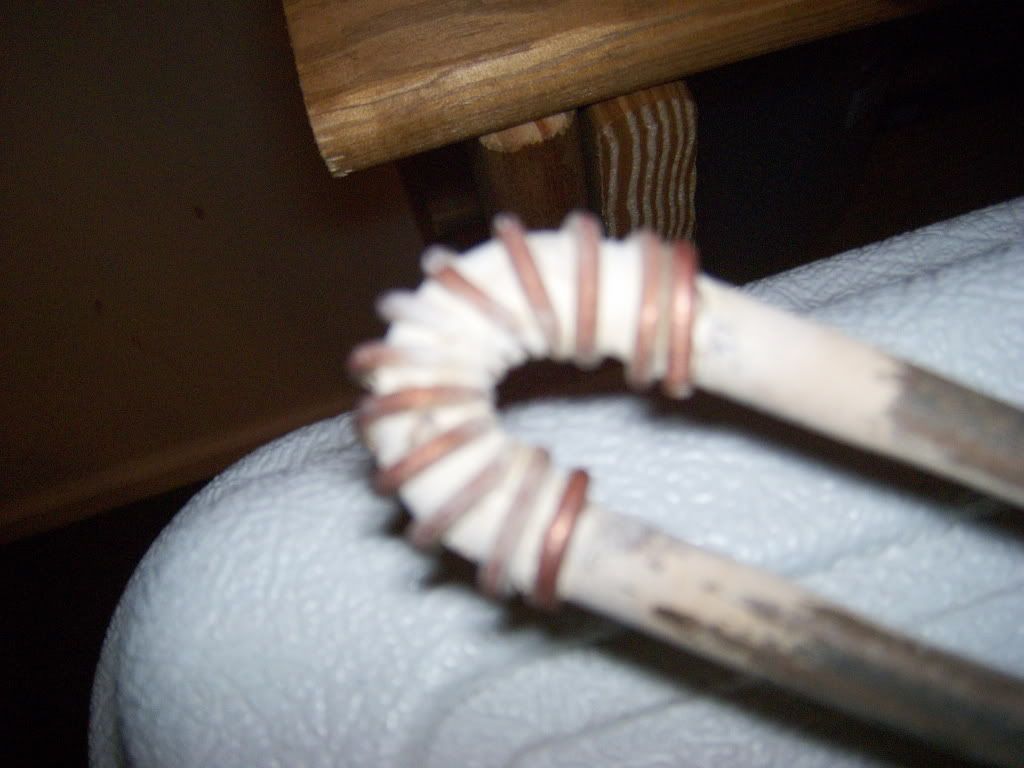The Pol
Well-Known Member
- Joined
- Feb 12, 2007
- Messages
- 11,390
- Reaction score
- 117
Yes it would be worth it...
1500W will add over 5,000 BTUs to your stove top. I use 18,000 BTU to reach a boil, 13,000 to maintain a boil off of 1.3 gal/min. So you are adding A LOT of additional power when coupled with your stove. Then, as you said, you will be able to boil more vigorously.
Depending on the size of your stove top element, you will be more than doubling the BTUs that are getting into your kettle.
From my math, if it takes you ONE hour to reach a boil from 140F, with 6 gallons, that is about 1200W being applied to the kettle.
So, if you add 1500W directly to the wort, you are more than doubling your heating power, and recuding your heating time by more than half.
I say do it.
1500W will add over 5,000 BTUs to your stove top. I use 18,000 BTU to reach a boil, 13,000 to maintain a boil off of 1.3 gal/min. So you are adding A LOT of additional power when coupled with your stove. Then, as you said, you will be able to boil more vigorously.
Depending on the size of your stove top element, you will be more than doubling the BTUs that are getting into your kettle.
From my math, if it takes you ONE hour to reach a boil from 140F, with 6 gallons, that is about 1200W being applied to the kettle.
So, if you add 1500W directly to the wort, you are more than doubling your heating power, and recuding your heating time by more than half.
I say do it.









